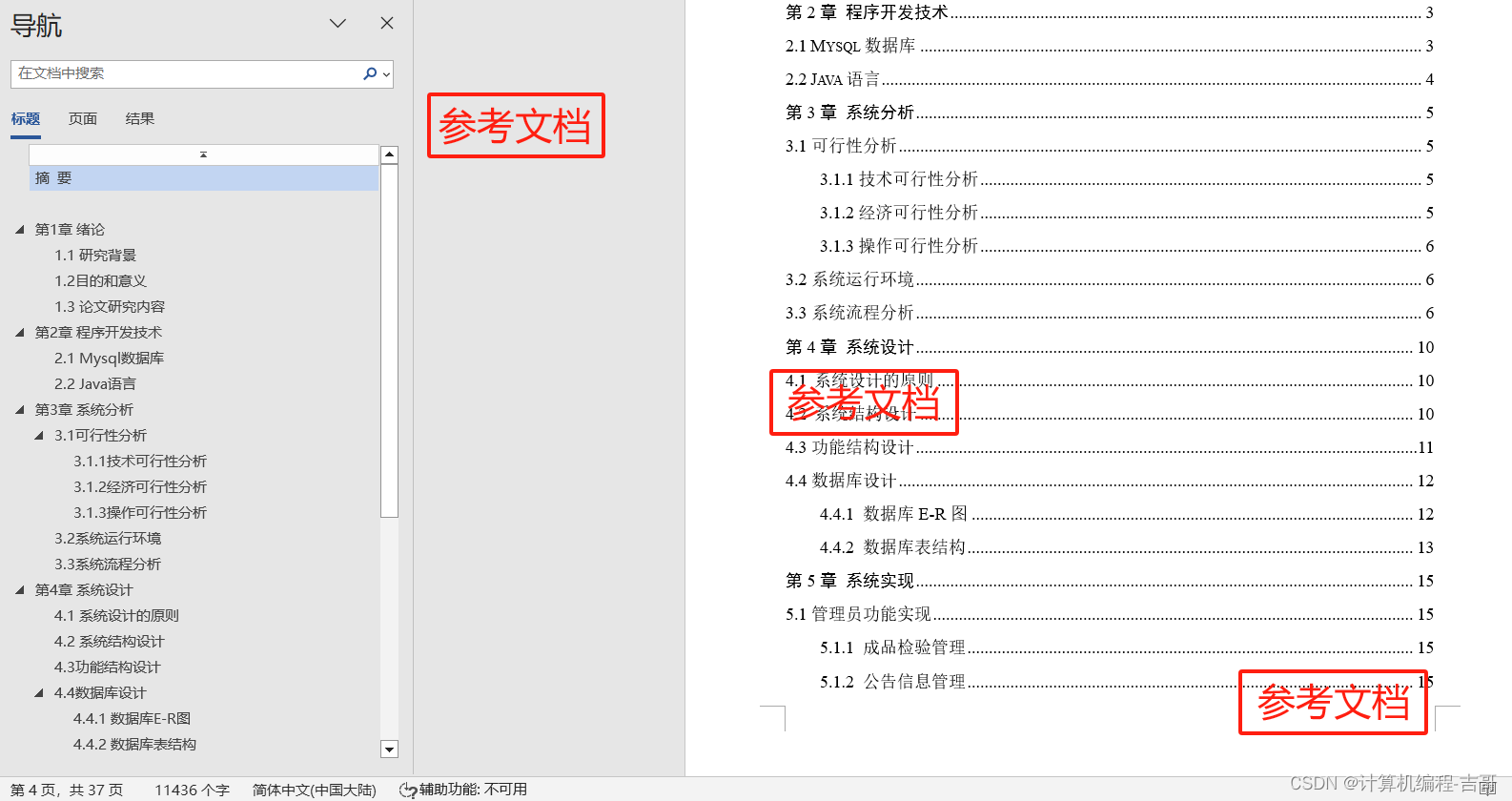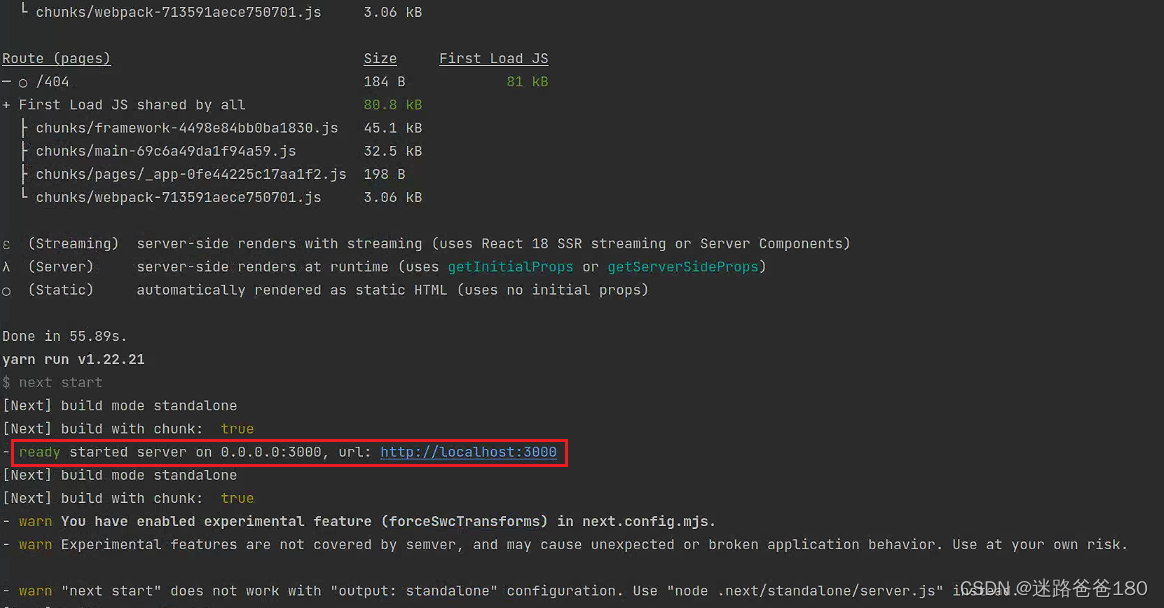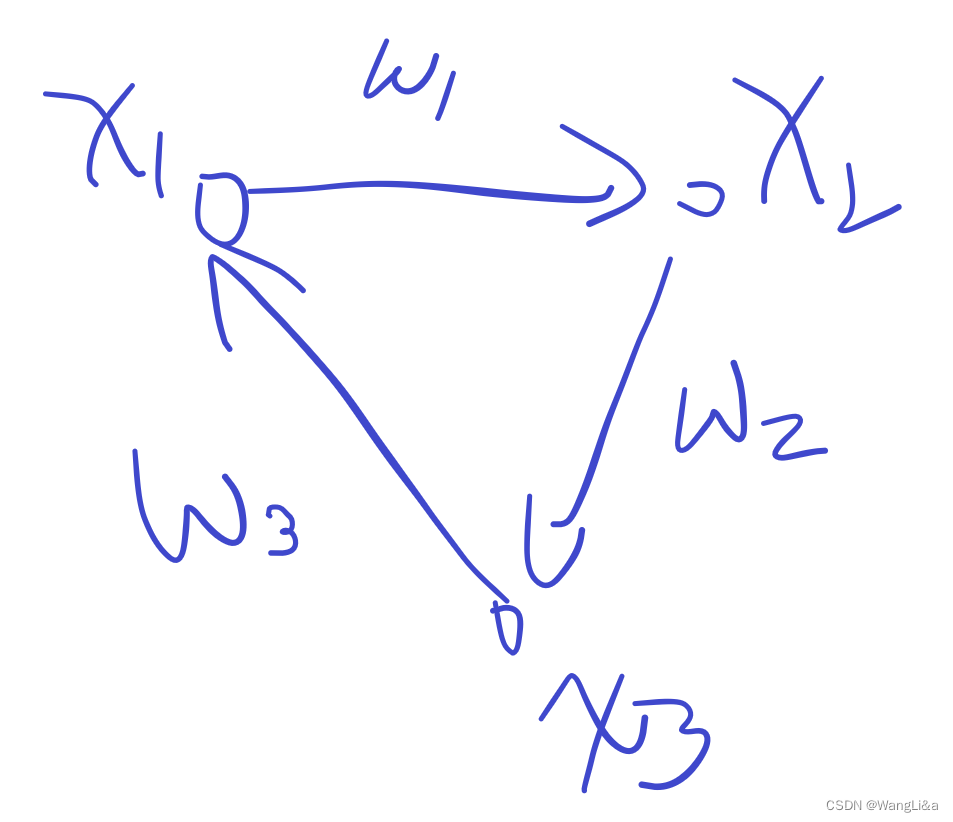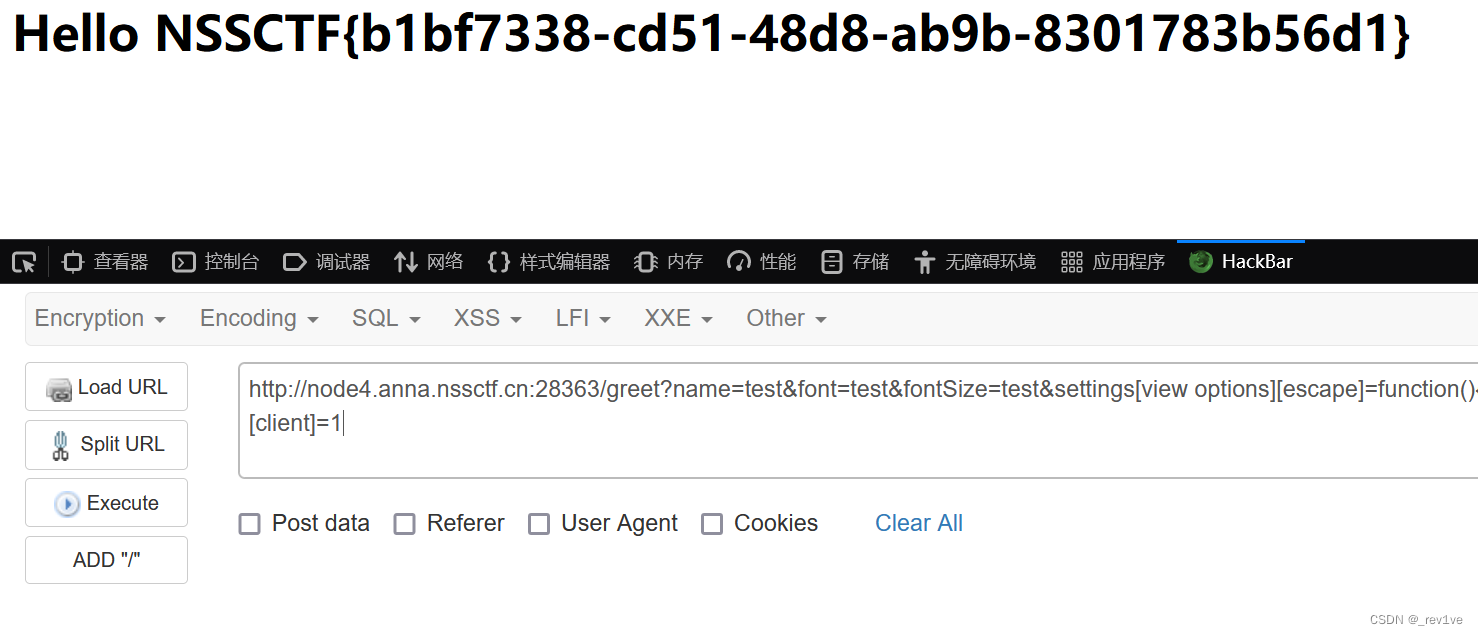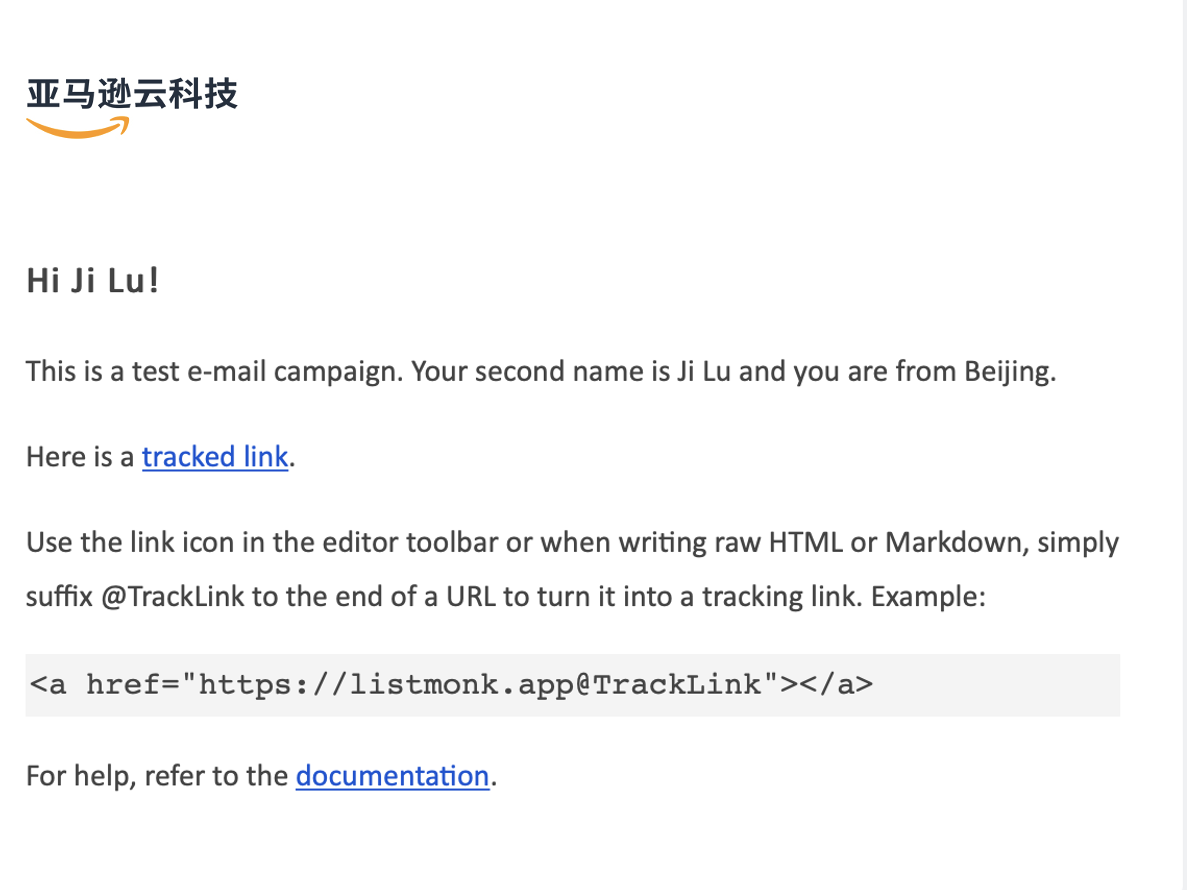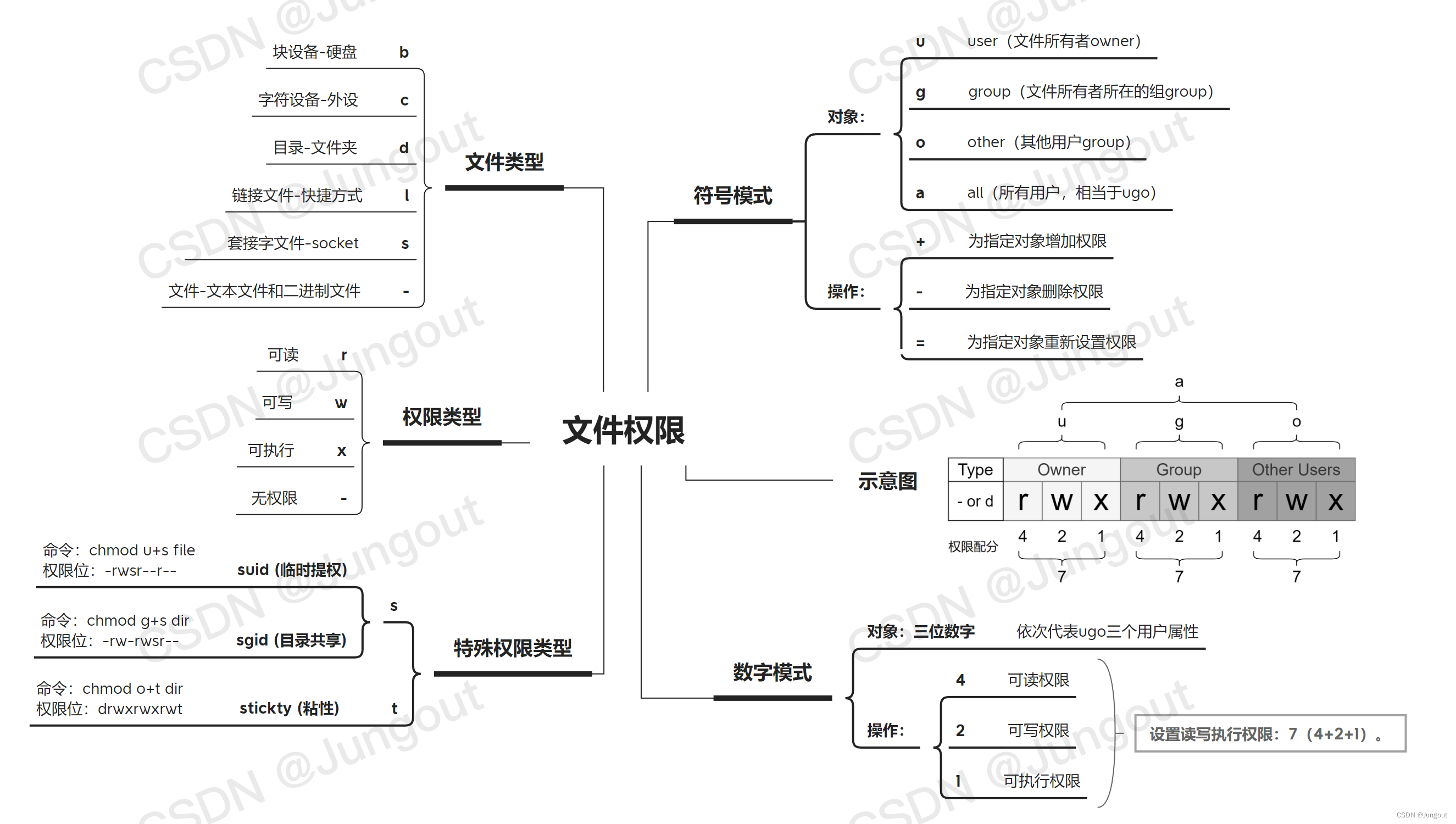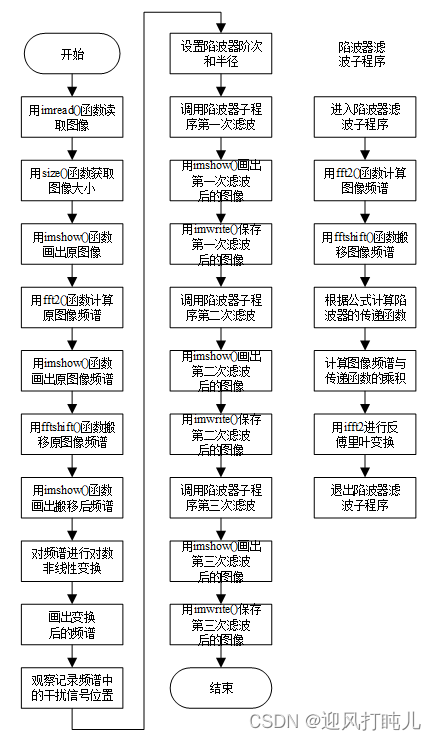支持 input 函数的在线 python 运行环境 - 基于队列
- 思路
- 两次用户输入
- 三次用户输入
- 实现
- 前端使用 vue + element ui
- Windows 环境的执行器
- 子进程需要执行的代码
- 代码仓库
- 参考
本文提供了一种方式来实现支持 input 函数,即支持用户输的在线 python 运行环境。效果如下图所示:
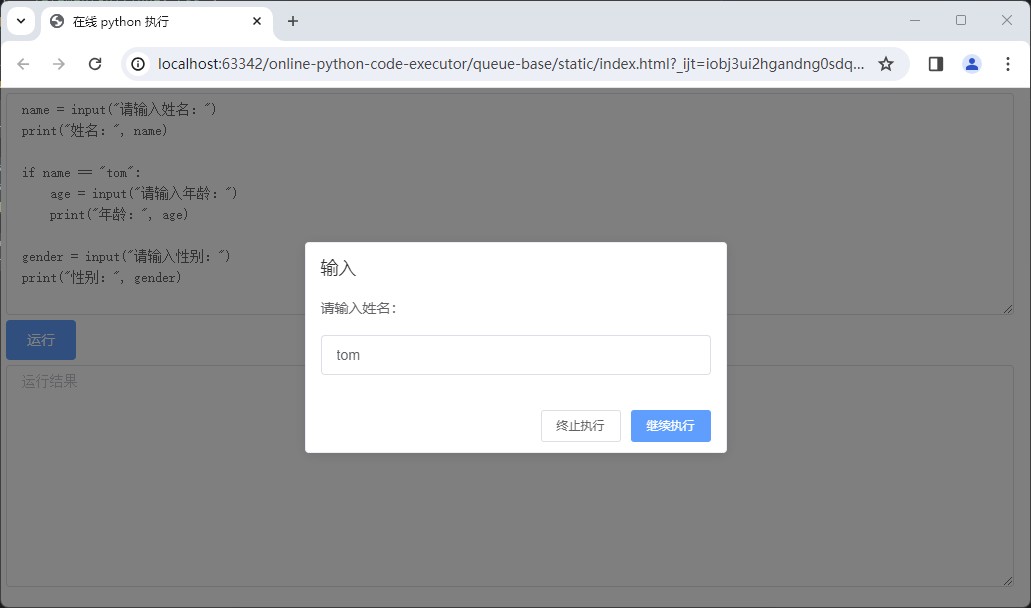


思路
-
前端使用一个数组
input_queue记录用户从点击运行按钮到现在的所有输入 -
点击运行按钮时将
code、input_queue传给后端 -
后端将参数传给执行 python 代码的子进程
-
子进程重写
input()函数,假设新的实现为input_wrapper,代码如下,到用户代码运行到input()函数时,会执行重写的input_wrapper(), 在input_wrapper中获取到input_queue,然后使用input_queue.pop(0)弹出用户输入最早的信息,如果input_queue为空,则说明需要用户输入,通过抛出InputRequestException异常的方式通知后端def input_wrapper(prompt=''): if input_queue: input_str = input_queue.pop(0) sys.stdout.write(str(prompt) + input_str + "\n") return input_str raise InputRequestException(str(prompt)) -
后端通过处理子进程的标准输出、标准错误,知晓需要用户输入,然后向前端返回以下 json,
event.type为 input_request 代表需要用户输入,prompt是提示信息{ "is_timeout": false, "done": false, "event": { "type": "input_request", "prompt": "请输入姓名:" } } -
前端弹出弹框提示用户输入,用户输入并点击继续执行按钮时,会将本次的输入追加到
input_queue的末尾,然后再次调用运行接口,这样循环往复直到程序结束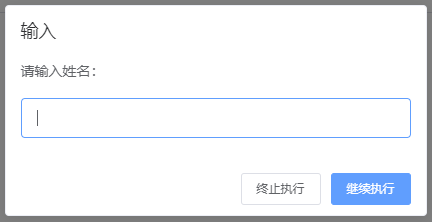
在执行以下代码时,可能需要两次用户输入,也可能需要三次。
name = input("请输入姓名:")
print("姓名:", name)
if name == "tom":
age = input("请输入年龄:")
print("年龄:", age)
gender = input("请输入性别:")
print("性别:", gender)
两次用户输入
点击运行按钮
请求参数中的 input_queue 为 []
{
"code": "name = input(\"请输入姓名:\")\nprint(\"姓名:\", name)\n\nif name == \"tom\":\n age = input(\"请输入年龄:\")\n print(\"年龄:\", age)\n\ngender = input(\"请输入性别:\")\nprint(\"性别:\", gender)",
"input_queue": []
}
返回值
{
"is_timeout": false,
"done": false,
"event": {
"type": "input_request",
"prompt": "请输入姓名:"
}
}
输入 jack
请求参数中的 input_queue 为 ["jack"]
{
"code": "name = input(\"请输入姓名:\")\nprint(\"姓名:\", name)\n\nif name == \"tom\":\n age = input(\"请输入年龄:\")\n print(\"年龄:\", age)\n\ngender = input(\"请输入性别:\")\nprint(\"性别:\", gender)",
"input_queue": [
"jack"
]
}
返回值
{
"is_timeout": false,
"done": false,
"event": {
"type": "input_request",
"prompt": "请输入性别:"
}
}
输入 男
请求参数中的 input_queue 为 ["jack", "男"]
{
"code": "name = input(\"请输入姓名:\")\nprint(\"姓名:\", name)\n\nif name == \"tom\":\n age = input(\"请输入年龄:\")\n print(\"年龄:\", age)\n\ngender = input(\"请输入性别:\")\nprint(\"性别:\", gender)",
"input_queue": [
"jack",
"男"
]
}
返回值
{
"is_timeout": false,
"done": true,
"output": "请输入姓名:jack\r\n姓名: jack\r\n请输入性别:男\r\n性别: 男\r\n"
}
三次用户输入
点击运行按钮
请求参数中的 input_queue 为 []
{
"code": "name = input(\"请输入姓名:\")\nprint(\"姓名:\", name)\n\nif name == \"tom\":\n age = input(\"请输入年龄:\")\n print(\"年龄:\", age)\n\ngender = input(\"请输入性别:\")\nprint(\"性别:\", gender)",
"input_queue": []
}
返回值
{
"is_timeout": false,
"done": false,
"event": {
"type": "input_request",
"prompt": "请输入姓名:"
}
}
输入 tom
请求参数中的 input_queue 为 ["tom"]
{
"code": "name = input(\"请输入姓名:\")\nprint(\"姓名:\", name)\n\nif name == \"tom\":\n age = input(\"请输入年龄:\")\n print(\"年龄:\", age)\n\ngender = input(\"请输入性别:\")\nprint(\"性别:\", gender)",
"input_queue": [
"tom"
]
}
返回值
{
"is_timeout": false,
"done": false,
"event": {
"type": "input_request",
"prompt": "请输入年龄:"
}
}
输入 18
请求参数中的 input_queue 为 ["tom", "18"]
{
"code": "name = input(\"请输入姓名:\")\nprint(\"姓名:\", name)\n\nif name == \"tom\":\n age = input(\"请输入年龄:\")\n print(\"年龄:\", age)\n\ngender = input(\"请输入性别:\")\nprint(\"性别:\", gender)",
"input_queue": [
"tom",
"18"
]
}
返回值
{
"is_timeout": false,
"done": false,
"event": {
"type": "input_request",
"prompt": "请输入性别:"
}
}
输入 男
请求参数中的 input_queue 为 ["tom", "18", "男"]
{
"code": "name = input(\"请输入姓名:\")\nprint(\"姓名:\", name)\n\nif name == \"tom\":\n age = input(\"请输入年龄:\")\n print(\"年龄:\", age)\n\ngender = input(\"请输入性别:\")\nprint(\"性别:\", gender)",
"input_queue": [
"tom",
"18",
"男"
]
}
返回值
{
"is_timeout": false,
"done": true,
"output": "请输入姓名:tom\r\n姓名: tom\r\n请输入年龄:18\r\n年龄: 18\r\n请输入性别:男\r\n性别: 男\r\n"
}
实现
前端使用 vue + element ui
<!DOCTYPE html>
<html lang="" style="height: 100%;">
<head>
<meta charset="UTF-8">
<link rel="stylesheet" href="./element-ui/index.css">
<title>在线 python 执行</title>
</head>
<body style="height: 100%;margin: 0;">
<div id="app" style="height: 98%;width: 98%;padding: 5px">
<el-input
type="textarea"
:autosize="{ minRows: 10, maxRows: 100}"
placeholder="请输入代码"
v-model="code">
</el-input>
<el-button type="primary" style="margin-top: 5px;margin-bottom: 5px" @click="exec()">运行</el-button>
<el-input
type="textarea"
:autosize="{ minRows: 10, maxRows: 100}"
placeholder="运行结果"
v-model="result">
</el-input>
</div>
</body>
<script src="./axios.min.js"></script>
<script src="./vue.js"></script>
<script src="./element-ui/index.js"></script>
<script>
new Vue({
el: '#app',
mounted() {
},
methods: {
exec() {
const params = {
code: this.code,
input_queue: this.input_queue
}
axios.post('http://localhost:8080/exec', params).then(res => {
console.log("exec", res)
if (res.data.done) {
// 执行结束了,需要清空队列
this.clearQueue()
if (res.data.is_timeout) {
// 执行超时
this.$message("执行超时");
} else {
// 正常执行结束
this.result = res.data.output
}
} else {
// 执行中,需要用户输入
const event = res.data.event
if (event.type === 'input_request') {
// 弹框提示用户输入
this.$prompt(event.prompt, '输入', {
confirmButtonText: '继续执行',
cancelButtonText: '终止执行',
showClose: false,
closeOnClickModal: false,
closeOnPressEscape: false
}).then(({value}) => {
// 继续执行,将本次输入的信息追加进队列,然后再次执行
this.input_queue.push(value)
this.exec()
}).catch((action) => {
// 终止执行,需要清空队列
console.log("action ", action)
this.clearQueue()
this.$message("终止执行")
});
}
}
})
},
clearQueue() {
this.input_queue = []
}
},
data() {
return {
code:
`name = input("请输入姓名:")
print("姓名:", name)
if name == "tom":
age = input("请输入年龄:")
print("年龄:", age)
gender = input("请输入性别:")
print("性别:", gender)
`,
input_queue: [],
result: null,
}
}
})
</script>
</html>
Windows 环境的执行器
import json
import os
import subprocess
import threading
from threading import Timer
import psutil
class AbstractExecutor:
def __init__(self, param):
# param 包括 code、input_queue
self.param = param
# 用于保护 is_timeout 的锁
self.lock = threading.Lock()
# 是否执行超时了
self.is_timeout = None
def timeout_callback(self, p: subprocess.Popen):
"""
执行超时时的回调,会终止执行 python 代码的进程组
:param p: 执行 python 代码的进程
"""
with self.lock:
if self.is_timeout is None:
self.is_timeout = True
if self.is_timeout:
try:
# 终止执行 python 代码的进程组
self.terminating_process_group(p)
except Exception as e:
print("超时回调异常, error: %s", e)
def terminating_process_group(self, p: subprocess.Popen):
"""
终止进程 p 及其子进程
:param p: 要终止的进程
"""
raise NotImplementedError()
def create_popen(self) -> subprocess.Popen:
"""
创建 subprocess.Popen,必须将 stderr 重定向到 stdout
"""
raise NotImplementedError()
def output(self, stdout):
if stdout is not None:
return stdout.decode("utf-8")
else:
return ""
def execute(self):
p = self.create_popen()
timer = Timer(3, self.timeout_callback, [p])
timer.start()
try:
# 从标准输入传入 json 参数:code、input_queue
p.stdin.write(json.dumps(self.param).encode(encoding="utf-8"))
stdout, stderr = p.communicate()
with self.lock:
if self.is_timeout is None:
self.is_timeout = False
finally:
timer.cancel()
return self.is_timeout, self.output(stdout)
class WindowsExecutor(AbstractExecutor):
__output_prefix = "Active code page: 65001\r\n"
def create_popen(self) -> subprocess.Popen:
filename = r"D:\project\python\online-python-code-executor\queue-base\exec_py.py"
cmd = 'chcp 65001 & set PYTHONIOENCODING=utf-8 & python ' + filename
# 将 stderr 重定向到了 stdout
return subprocess.Popen(cmd, stdin=subprocess.PIPE, stdout=subprocess.PIPE, stderr=subprocess.STDOUT,
shell=True)
def terminating_process_group(self, p: subprocess.Popen):
proc_pid = p.pid
parent_proc = psutil.Process(proc_pid)
for child_proc in parent_proc.children(recursive=True):
print(child_proc.pid)
child_proc.kill()
parent_proc.kill()
print(parent_proc.pid)
def output(self, stdout):
output = super().output(stdout)
if output.startswith(self.__output_prefix):
return output.removeprefix(self.__output_prefix)
else:
return output
if os.name == "nt":
executor_cls = WindowsExecutor
def execute(param):
# 执行用户代码
is_timeout, stdout = executor_cls(param).execute()
if is_timeout:
# 执行超时了
return {
"is_timeout": is_timeout,
"done": True,
"output": stdout,
}
else:
arr = stdout.split("InputRequestException")
if len(arr) > 1:
# 需要用户输入
return {
"is_timeout": is_timeout,
"done": False,
"event": {
"type": "input_request",
"prompt": arr[-1]
}
}
else:
# 正常执行结束
return {
"is_timeout": is_timeout,
"done": True,
"output": stdout,
}
子进程需要执行的代码
import json
import sys
input_queue = []
class InputRequestException(Exception):
"""
抛出此异常表示需要用户输入
"""
pass
def execute(param):
# 重写 input 函数
__builtins__.input = input_wrapper
# input_queue
global input_queue
input_queue = param["input_queue"]
try:
# 执行代码
exec(param["code"])
except InputRequestException as e:
# 如果需要用户输入,则直接退出
sys.stdout.write("\n" + "InputRequestException" + e.args[0])
exit()
def input_wrapper(prompt=''):
# 从 input_queue 中弹出
if input_queue:
input_str = input_queue.pop(0)
sys.stdout.write(str(prompt) + input_str + "\n")
return input_str
# 需要用户输入
raise InputRequestException(str(prompt))
if __name__ == '__main__':
# 从标准输入读取 json 参数:code、input_queue
arg = sys.stdin.read()
# 执行
execute(json.loads(arg))
代码仓库
- online-python-code-executor/queue-base (github.com)
参考
- https://pythontutor.com
- https://github.com/seamile/PyTutor

